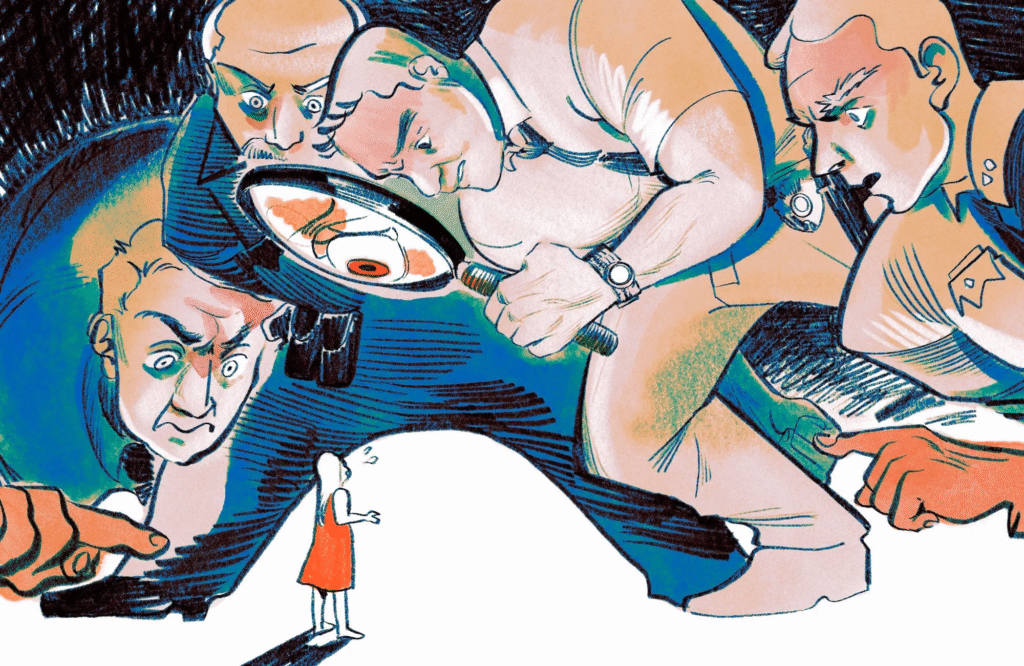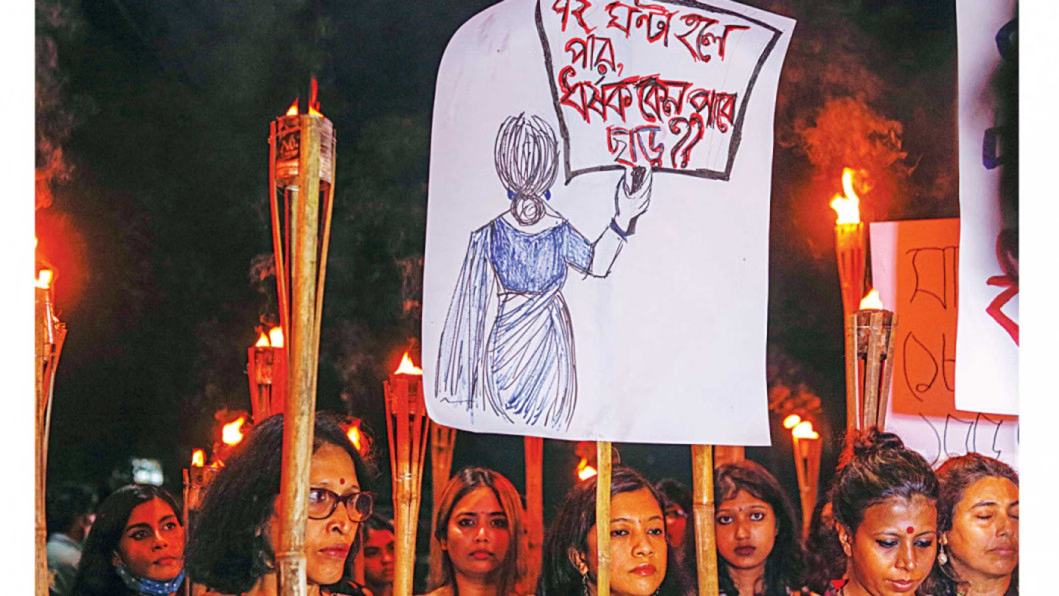Justice should bring relief and dignity. But for many rape survivors in Bangladesh, the road to justice becomes another nightmare. The moment a case reaches the media, survivors often face new forms of humiliation — through invasive questions, leaked information, and sensational reporting that strips away their privacy. What should be a pursuit of truth becomes a cruel show played out in front of an entire nation.

This is not only unethical journalism — it is a form of social violence that repeats the trauma. Every headline, photo, and social media post that exposes a survivor’s identity reopens the wound and adds to the stigma that already surrounds sexual violence in Bangladesh.
The Hidden Problem We Ignore
When a rape case makes the news, the pattern is sadly familiar. Newspapers print the survivor’s name or use photographs that reveal her identity. Reporters crowd around her home, asking insensitive questions. On Facebook and other platforms, users share her pictures with hateful comments that judge her clothes, character, or lifestyle.

Research from the Bangladesh Mahila Parishad (2019) found that over 70% of rape survivors suffer “secondary victimization” through media exposure. The harm doesn’t end with the assault — it grows with every story that turns private pain into public gossip.
According to Ain o Salish Kendra (2021), over 1,400 rape cases were reported in Bangladesh in 2020 alone. Yet conviction rates remain below 3%. One key reason is that many survivors withdraw their cases because of the social pressure and media harassment they face after coming forward.
How the Media Inflicts More Pain
There are several ways media coverage deepens survivors’ trauma.
Loss of privacy:
When journalists reveal the survivor’s identity, they destroy her safety. Neighbors whisper, families hide, and victims often have to relocate. Publishing personal details is not just unethical — it is dangerous.
Victim-blaming:
Many reports subtly question the survivor’s behavior: “What was she wearing?” or “Why was she there at night?” Such framing blames the victim rather than the perpetrator. A study in the Journal of Interpersonal Violence found that victim-blaming in news coverage reinforces rape culture and discourages women from seeking justice.

Sensationalism:
Some reports include shocking or graphic details of the assault in the name of “informing the public.” In reality, this only satisfies curiosity and sells more papers. It retraumatizes survivors and turns violence into entertainment.
Global Lessons, Local Failures
After the 2012 Delhi gang rape, India introduced strong laws to protect survivor identities. Major international media like the BBC follow strict guidelines to keep survivors’ names confidential. The World Health Organization (2016) also warns that sensational coverage and disclosure of identities cause serious emotional harm.

Bangladesh has similar protections under the Women and Children Repression Prevention Act, which forbids publishing any information that can identify a survivor. But in practice, these rules are often ignored. Many journalists lack training in trauma-sensitive reporting, and some editors value “breaking news” over human dignity.
Why This Issue Matters
When survivors expect humiliation instead of support, they stay silent. This silence protects perpetrators and weakens justice. Human Rights Watch (2020) has documented cases in Bangladesh where women refused to report sexual violence due to fear of media exposure and community shame.
Social stigma around rape already isolates survivors — they face rejection from families, difficulties in marriage, and loss of community standing. When the media adds to this burden, it becomes nearly impossible for survivors to rebuild their lives.
What Must Change
Change must begin with accountability and empathy. Journalists need mandatory training on how to report sexual violence with sensitivity and respect. Press clubs and journalist associations should monitor violations and take real disciplinary action. Digital platforms must also enforce stronger rules against sharing survivors’ personal information.

Most importantly, our collective mindset must change. The focus must shift from questioning the survivor to questioning the perpetrator. The right question is not “What was she doing there?” but “Why did he think he could harm her?”
Rape survivors deserve justice, not judgment. They need privacy, not publicity. Until the media stops exploiting their pain for attention, every story about rape will remain a second assault — one that society watches instead of stopping.
References
Ain o Salish Kendra. (2021). Human rights situation in Bangladesh: Annual report 2020. Dhaka: ASK.
Bangladesh Mahila Parishad. (2019). Report on violence against women in Bangladesh. Dhaka: BMP.
Human Rights Watch. (2020). "No place for a girl": Sexual violence in Bangladesh schools. Retrieved from https://www.hrw.org
Jewkes, R., & Abrahams, N. (2002). The epidemiology of rape and sexual coercion in South Africa. Social Science & Medicine, 55(7), 1231–1244.
World Health Organization. (2016). Ethical and safety recommendations for intervention research on violence against women. Geneva: WHO.

